Hall of Fame Class of 2021

Congratulations to Our 2021 Honorees
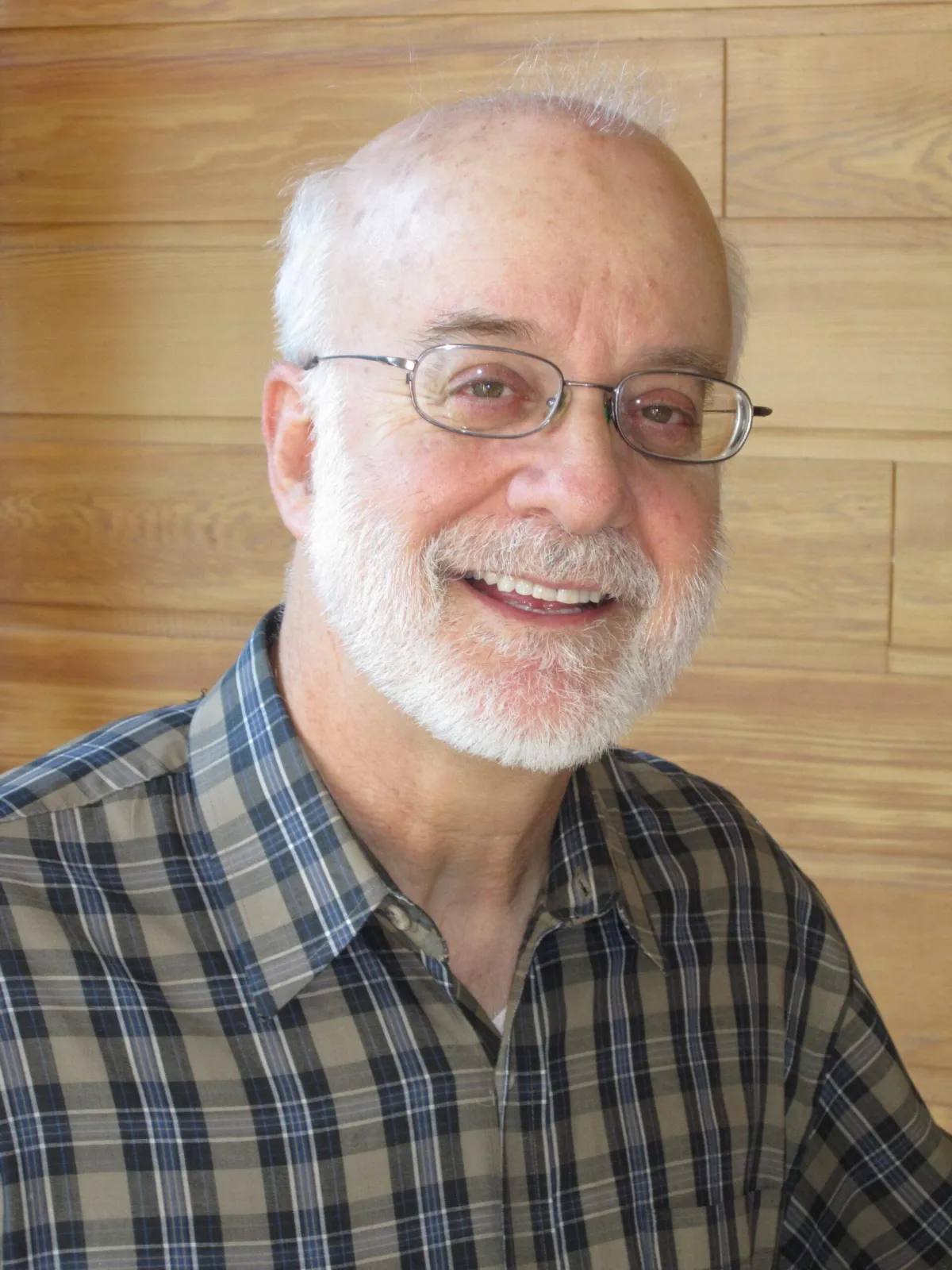
Dr. Ronald Fagin
One of the most decorated students to ever attend Northwest, Ron graduated in 1963 with a perfect 4.0 grade point average, Class Valedictorian status and was a National Merit Scholar winner. He was an All-State Orchestra selectee for clarinet, and won the Outstanding Musician Award at Northwest. He was also president of four organizations: Band, National Honor Society, Honor Math, and the German Club. Ron won the Oklahoma championship in Chemistry and was named the Oklahoma-Arkansas champion in Mathematics. In his spare time, he served as statistician for the Northwest basketball team for three years, lettering each season.
Ron’s desire to become a mathematician led him to Dartmouth College, where he graduated Summa Cum Laude and With Highest Distinction in Mathematics in 1967. While at Dartmouth, he served as Research Assistant to renowned mathematician and computer scientist John Kemeny, then head of Dartmouth’s math department (and later, President of Dartmouth). Kemeny had been the Research Assistant to Albert Einstein at Princeton University, so Ron likes to refer to Einstein as his “academic grandfather.”
Ron went on to earn his Ph.D. in Mathematics from the University of California,
Berkeley, in 1973. As part of his Ph.D. thesis in mathematical logic on finite model theory, he proved what is now a famous mathematical result widely called “Fagin’s Theorem,” tying complexity theory and logic together to make a surprising connection between how hard it is to solve a problem and how hard it is to express it.
Dr. Fagin began his professional life at IBM Corporation in 1973 and has seen fit to stay with the international business and computing giant ever since. In 1975, Dr. Fagin turned his attentions to relational database research and development, working closely with Edgar ‘Ted’ Codd, who would later win the Turing Award (the most prestigious award in computer science) for his work. Dr. Fagin would ultimately be recognized as a founder of relational database theory and the creator of the field of finite model theory. His work advanced both the theory and practice of modern computing systems, especially data management systems and database design.
He is the recipient of many other accolades that include a Fellow of ACM (Association for Computing Machinery) and AAAS (American Association for the Advancement of Science), and a Life Fellow of IEEE (Institute of Electrical and Electronics Engineer). In 2014, one of his papers won the Gödel Prize, the highest award for a paper in theoretical computer science and the only database paper ever to win the Gödel Prize. In 2020, one of Dr. Fagin’s papers won the Alonzo Church Award for Outstanding Contributions to Logic and Computation. He was named Docteur Honoris Causa by the University of Paris, and Laurea Honoris Causa by the University of Calabria (the biggest honor of the Italian university system). Dr. Fagin has also won the IEEE W. Wallace McDowell Award (the “IT Nobel,” the highest award of the IEEE Computer Society), the IEEE Technical Achievement Award, and the ACM SIGMOD Edgar F. Codd Innovations Award (a lifetime achievement award in databases).
Dr. Patricia Reiff
A 1967 Northwest grad at the age of 17, Pat Reiff was the Classen Medal of Honor winner for 1967, was selected to the National Honor Society, Honors Math Club and was a National Merit Scholar, graduating in the Top Five percent of her class prior to attending Wellesley College then Oklahoma State University, where she would earn a Bachelor of Science degree in Physics in 1971.
Accepted into graduate school at Rice University in Houston, Pat obtained her Masters in Space Science in 1974, adding a Ph.D. in Space Physics & Astronomy in 1975, and in 1975-76 was a Resident Research Associate at NASA Huntsville, for the National Academy of Science/National Research Council.
Beginning in 1976, Dr. Reiff was employed in various research faculty positions at Rice University and has ultimately dedicated the past 45-plus years involved in space plasma physics research, participating in six NASA missions (starting with Apollo) pursuing groundbreaking research in magnetospheric convection, magnetosphere-ionosphere coupling, auroral particle acceleration and other space weather topics (http://reiff.rice.edu). She has also taught continuously at the university, serving as an adjunct, assistant, associate and full professor in the Department of Space Physics and Astronomy. In 1996, Dr. Reiff was named Chairman of the Department and in 2000 was also the founding Director of the Rice Space Institute. Today, Dr. Reiff serves not only as a professor of Physics and Astronomy, but also as Associate Director for Outreach at the Rice Space Institute. The American Geophysical Union named her Fellow in 1997, and the “Athelstan Spilhaus” awardee for lifetime achievement in outreach in 2009.
A prodigious researcher, scholar and lecturer, Dr. Reiff has authored or co-authored 140 scientific publications relating to conditions, causes and effects related to the earth’s magnetosphere. She also created the National Science Foundation’s first Astronomy for Teachers program, as well as teaching curriculum and learning guides for thousands of educators worldwide. Her “Space Update” software, the world’s first internet-updated museum kiosk, has been used by over a million visitors at more than 15 museums and, together with “Earth Update” and “Space Weather,” has been distributed to over 500,000 educators and learners. She has authored five copyrighted software titles and seven full-dome planetarium shows (http://www.eplanetarium.com/shows.php).
In cooperation with the Houston Museum of Natural Science, her project, “Immersive Earth,” fashioned full-dome digital planetarium shows teaching Earth Sciences. This program has also created a portable planetarium system called “Discovery Dome” to teach Earth and Space Science through immersive digital theater, which is now used in more than 350 sites in 36 countries and 36 states.
One of Dr. Reiff’s proudest achievements is her work since 2006 as Director of the “Reach for the Stars” STEM Festival which annually reaches 600-plus middle school girls and educates them to the achievements and hands-on techniques of prominent female scientists, doctors, and engineers. In 2018, Dr. Reiff was honored to be the inaugural recipient of the “STEM Influencer Award,” presented annually by the Women’s Energy Network.
With her many writings, teaching and research responsibilities, Dr. Reiff and her husband Tom are proud parents of three children and three grandchildren. She also finds time to be active in her United Methodist Church, teaching Sunday School and leading the singing during worship service for more than 20 years
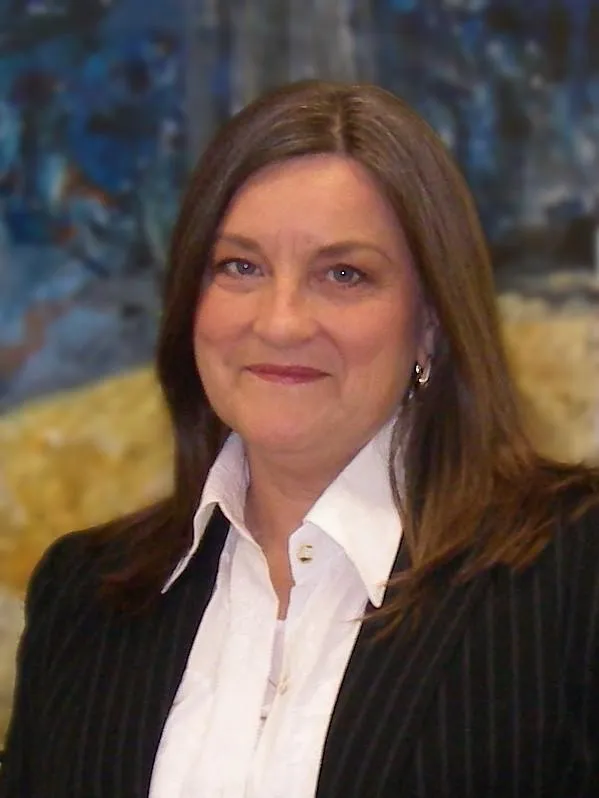
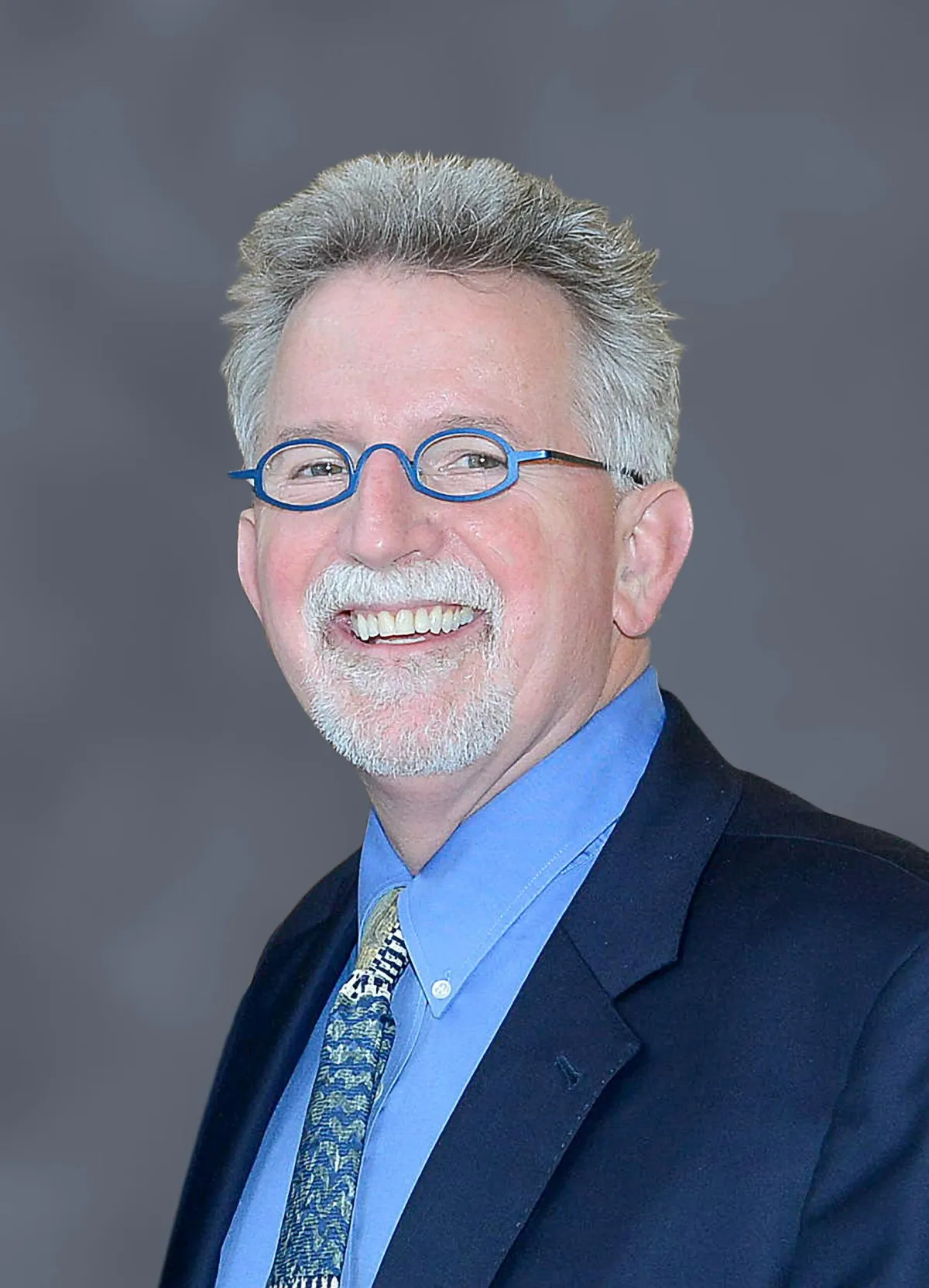
Dr. John Cheatham
An outstanding athlete and decorated scholar during his high school days, John graduated Northwest Classen in 1969 as Class Valedictorian, Anton Classen Medal winner, Phi Beta Kappa honoree, and a varsity baseball and basketball letterman who served as point guard on the Knight’s state championship basketball team in 1968.
The recipient of a combined Basketball-Academic scholarship to Kansas State University, he played a season of freshman basketball for the Wildcats before turning his attentions full-time to academic pursuits, graduating Magna Cum Laude in Pre-Med in just three years, yet carving out enough time to serve as President of his Delta Tau Delta social fraternity before beginning his pursuit of medicine at the University of Oklahoma College of Medicine in 1973.
In medical school, Cheatham would not only find his lifelong calling but excel there academically, capturing the Thomas Lowry Award in 1973 as Outstanding First Year Medical Student; the Roche Award his Second Year as Top Medical Student in Basic Sciences curriculum; Third year acceptance to Alpha Omega Alpha Honor Medical Society as Top 5% of his class; and the Mosby Book Scholarship winner in 1976 as OU’s Top Medical School graduate.
Following a two-year Internship and Residency in Pediatrics at Harvard University and the prestigious Boston Children’s Hospital, Dr. Cheatham would accept a Fellowship in Pediatric Cardiology from the Baylor College of Medicine at Texas Children’s Hospital from 1978 through 1981. He would ultimately become Board Certified as a Pediatric Cardiologist in 1983.
Dr. Cheatham then accepted a position as Director of the Cardiac Catheterization unit and Associate Director of Pediatric Cardiology at the University of Nebraska College of Medicine and Omaha Children’s Hospital. During his nearly 19 years there, Cheatham would become a University of Nebraska Regent, and would become the D.B. and Paula Varner endowed Professor of Pediatric Cardiology at the institution.
Dr. Cheatham was recruited to the Nemours Cardiac Center at the Arnold Palmer Women’s and Children’s Hospital for two years, where he served as Director of Cardiac Catheterization & Interventional Therapy, also serving as a Co-Director of the Heart Center there. He then joined the staff at Columbus Children’s Hospital – now known as Nationwide Children’s Hospital – and The Ohio State University in Columbus, Ohio, serving again as Director of Cardiac Catheter-ization & Interventional Therapy, while serving as a Co-Director of the Heart Center. Dr. Cheatham continues as a part-time faculty member at the hospital and as Professor Emeritus of Pediatrics, Cardiology Division, at the university.
Dr. Cheatham’s specialized area of expertise is transcatheter intervention and Hybrid cardiac therapy for newborns, children, and adults with complex congenital heart disease. He served as Principal Investigator for the Medtronic Harmony Transcatheter Pulmonary Valve (TPV) device that has recently received full FDA approval. He also helped design, test and teach implement-ation of the NuMED Cheatham-Platinum (CP) Stent – among the most used covered stents worldwide – which was employed for the world’s first Transcatheter Heart Valve procedure in 2000.
Additionally, Dr. Cheatham has designed the world’s first Hybrid Cardiac Catheterization operating suites and advanced imaging equipment at Nationwide, allowing interventional and cardiothoracic surgeons to perform combined therapy to improve clinical outcomes for cardiac patients.
Dr. Cheatham has authored more than 175 technical manuscripts, 20 book chapters, conducted nearly 500 national and international presentations, and served as co-editor of the book ‘Complications in Percutaneous Interventions for Congenital and Structural Heart Disease.’
He was selected as one of the Top 25 Innovators in Healthcare by Health Imaging & IT for his integral role in the design and development of new medical devices and protocols that allow unparalleled access to the patient during complex interventional cardiac procedures. He has also been honored as the recipient of the Career Achievement Award at the prestigious PICS and AICS annual conference attended by interventional cardiologists from throughout the world.
Dr. Dewayne Andrews
With a teenager’s dream of a career in medicine, Dewayne Andrews graduated from Northwest in 1962 to pursue a Bachelor of Science degree at Baylor University. Graduating with honors in 1966, he began his medical studies that fall at the University of Oklahoma College of Medicine, and the dream began to take shape. What would ensue is a half-century of dedication to the hard work, the helping and healing of a distinguished medical career.
Fresh out of medical school, Dr. Andrews took his first year of residency in Internal Medicine at the Johns Hopkins Hospital in Baltimore, then returned to the University of Oklahoma Health Sciences Center to continue his residency training. From 1972 through 1974, Dr. Andrews left Oklahoma to serve as an Epidemic Intelligence Service Officer at the U.S. Public Health Service’s Centers for Disease Control before returning to the OU Health Sciences Center to complete his residency and pursue a one-year Fellowship in Nephrology.
Beginning in 1976 and during the next eight years, Dr. Andrews would serve the OU College of Medicine in a variety of roles, including Assistant Professor of Medicine, Director of the Internal Medicine Residency Program, Associate Professor and ultimately as the Assistant Dean for Graduate Medical Education. Concurrent with his tenure at the College of Medicine, Dr. Andrews would also serve as Chief of Adolescent Medicine at Children’s Hospital in Oklahoma City and Assistant Chief of Medicine at University Hospital (now called OU Medical Center).
With his growing reputation for exceptional medical teaching and administration skills – as well as his standing as a skilled medical researcher and author of dozens of peer-reviewed articles in prestigious medical journals – Dr. Andrews was named Associate Professor and Vice Chairman of Medicine at the University of Tennessee College of Medicine, serving concurrently as Chief of Medicine at the University’s primary teaching hospital in Memphis. But after two years, Dr. Andrews returned to Oklahoma City in 1986 to focus on the educational needs of Oklahoma’s future doctors.
What would ensue is 30-plus years of world-class medical instruction, administration, and excellence. Dr. Andrews would serve both the OU College of Medicine and the Medical Center’s primary hospital in a variety of positions and leadership roles for the next three decades, including many years as a classroom instructor as the David Ross Boyd Professor of Medicine.
Entering the 21st Century, Dr. Andrews would be appointed to positions at the OU College of Medicine ranging from Senior Associate Dean for Academic Affairs; to Vice President for Health Affairs and Executive Dean of the College of Medicine as well as being named to the Lawrence Upjohn endowed Chair in Medicine at OU and as Regents’ Professor of Medicine. Andrews was also very active in national medical school and academic circles during this time, serving in a variety of important positions and offices. After a four-year stint as Senior Vice President and Provost for the OU Health Sciences Center, Dr. Andrews began to contemplate retirement. But at the University’s request, he remained at OU for two additional years, retiring in 2017 as Dean Emeritus of the College of Medicine, Regents’ Professor Emeritus, and David Ross Boyd Professor Emeritus.
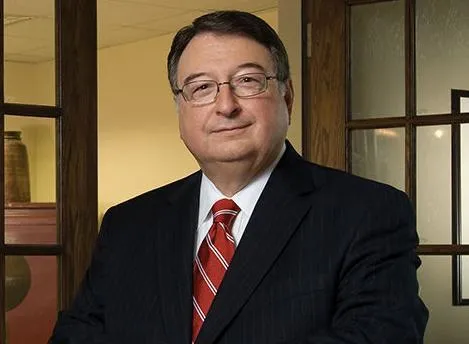
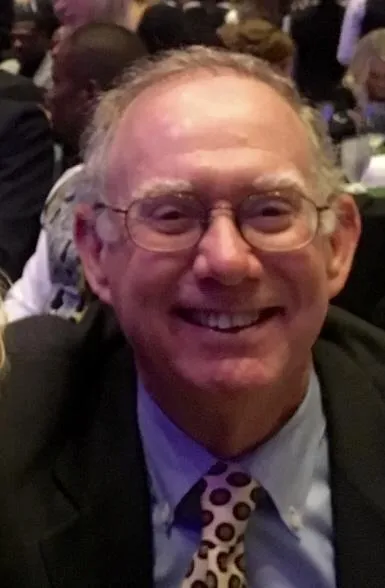
Dr. Glenn Ashmore
An Honors graduate in the Class of 1969, Glenn was an Eagle Scout at age 15 and a two-sport letterman at Northwest, excelling as a member of the 1968 state championship basketball team as well as a track team letterman capturing the All-City Long Jump championship his senior year. Attending Southern Methodist University, Glenn departed in just three years with his early acceptance into Baylor University’s College of Dentistry, graduating dental school in 1975.
Receiving an officer’s commission to the Navy, Lieutenant Ashmore served two years at Camp Pendleton, California before returning to Oklahoma City in 1977 to establish his own dental practice in the midtown area at NW 17th and Shartel. With plans to own his own dental facility, in 1978, Dr. Ashmore purchased and began an extensive remodel of a Tudor-style duplex at NW 23rd and Drexel to become his practice headquarters.
Little did he know that over the next 40 years, his iconic, railroad-themed Dental Depot offices would grow to more than 25 locations, each delivering general, orthodontic, restorative, and cosmetic dentistry services to thousands of highly satisfied patients in multiple cities and states.
Proud of his upbringing and the neighborhoods in and around the Northwest Classen area, Dr. Ashmore made a conscious effort to erect his very first Dental Depot location near the school. And as a result, Dr. Ashmore and his wife Arlene have championed causes that help to support these surrounding neighborhoods.
Among these efforts are active participation in Fields & Futures, a program designed to rehabilitate and improve sports fields and athletic facilities at many schools within the Oklahoma City Public School System. With the Ashmore’s help, Fields & Futures has been responsible for the renovation of the Northwest Classen baseball diamond, adjoining fieldhouse and locker room; tennis courts; football practice field/running track, as well as the creation of the girls’ softball facility.
In addition to generous donations to the Friends of Northwest Classen non-profit organization benefitting students and faculty, the Ashmore’s have also been great supporters of Oklahoma City Beautiful, actively working on landscaping to enhance the appearance of many of the medians up and down the NW 23rd Street corridor, adding value and beauty to those streets near to our fine school.
In 2017, these grassroots contributions were recognized by the presentation of the prestigious ‘Outstanding Eagle Scout Award’ to Dr. Ashmore, given to former Eagle Scouts who have made a positive impact in their community.
Today, Dr. Ashmore’s commitment to near northwest Oklahoma City has continued with the establishment of Dental Depot’s new Corporate Headquarters at NW 30th and May Avenue. The recent $2 million-plus renovation of the former Northwest Christian Church building has transformed the appearance of this location into a vital and vibrant addition to the neighborhood sitting immediately next door to Northwest Classen High School.
Revisit our Previous Hall of Fame Classes
@ Copyright 2025 - Friends of Northwest Classen High School Foundation| All rights reserved.
Mailing Address:
Friends of NWC
P O Box 20972
Oklahoma City, OK 73156

